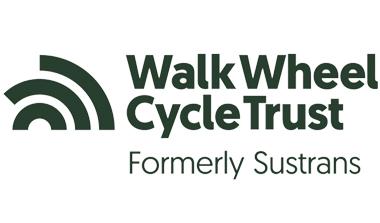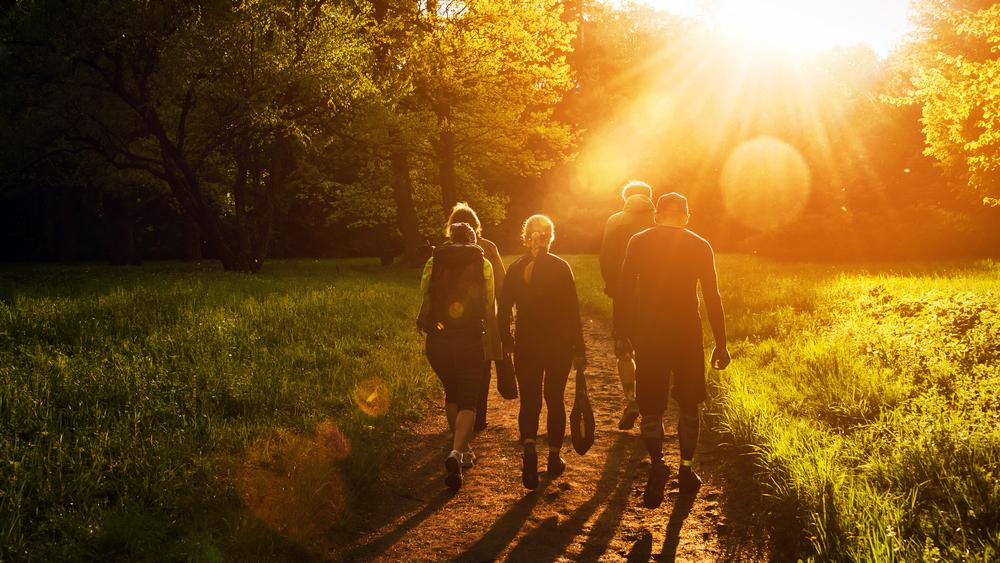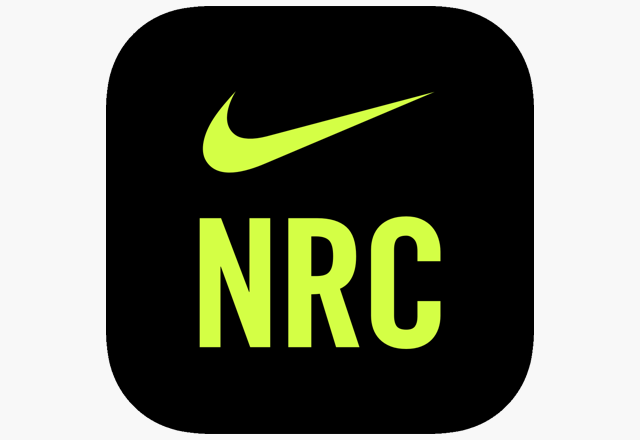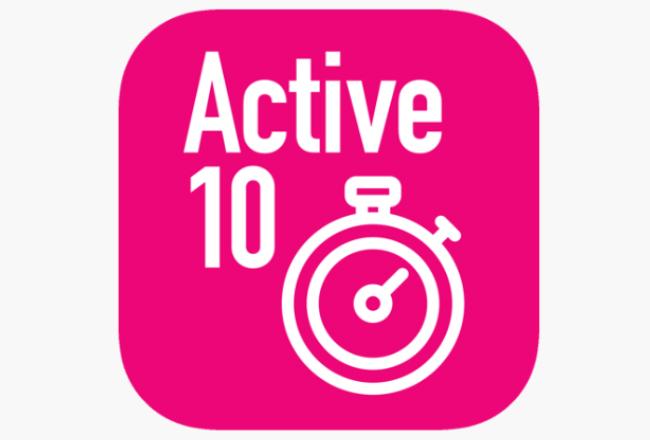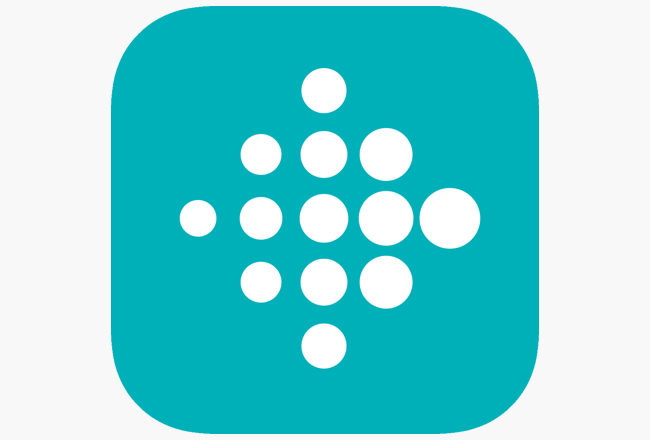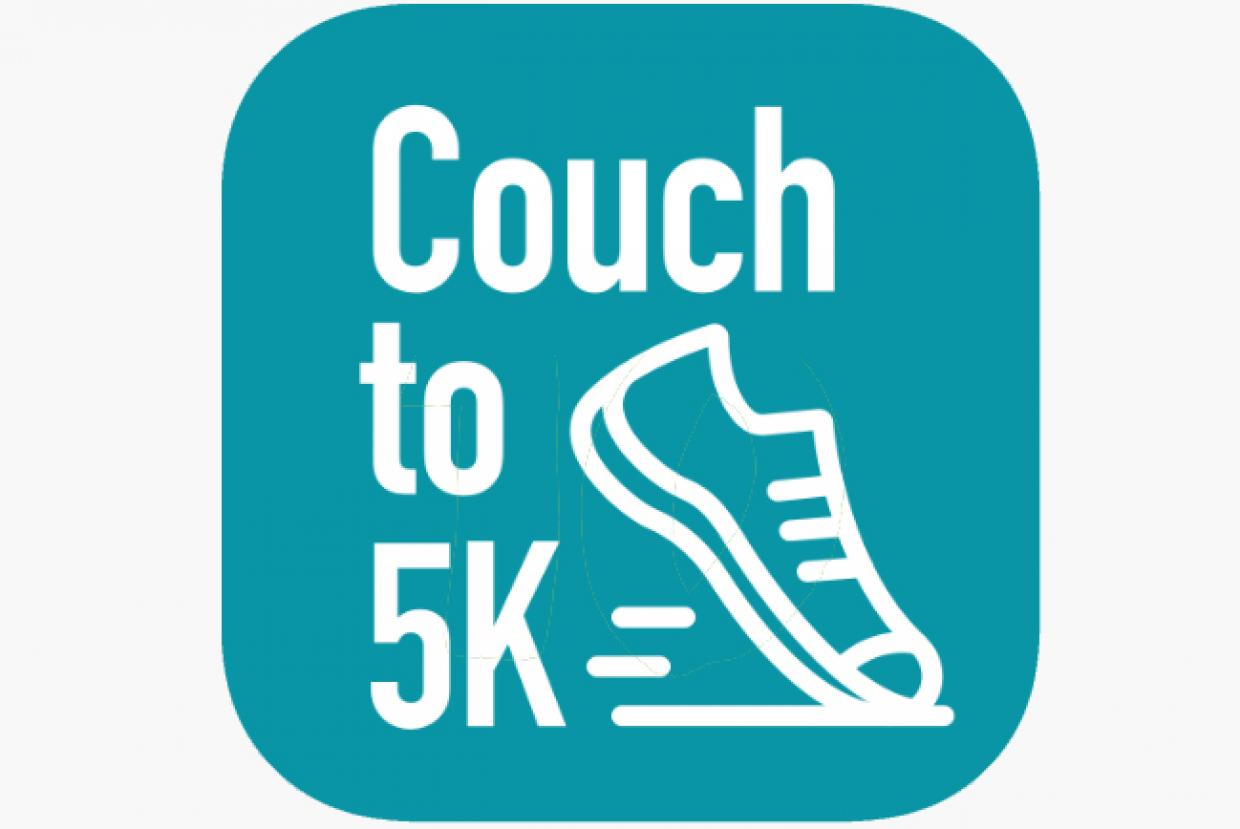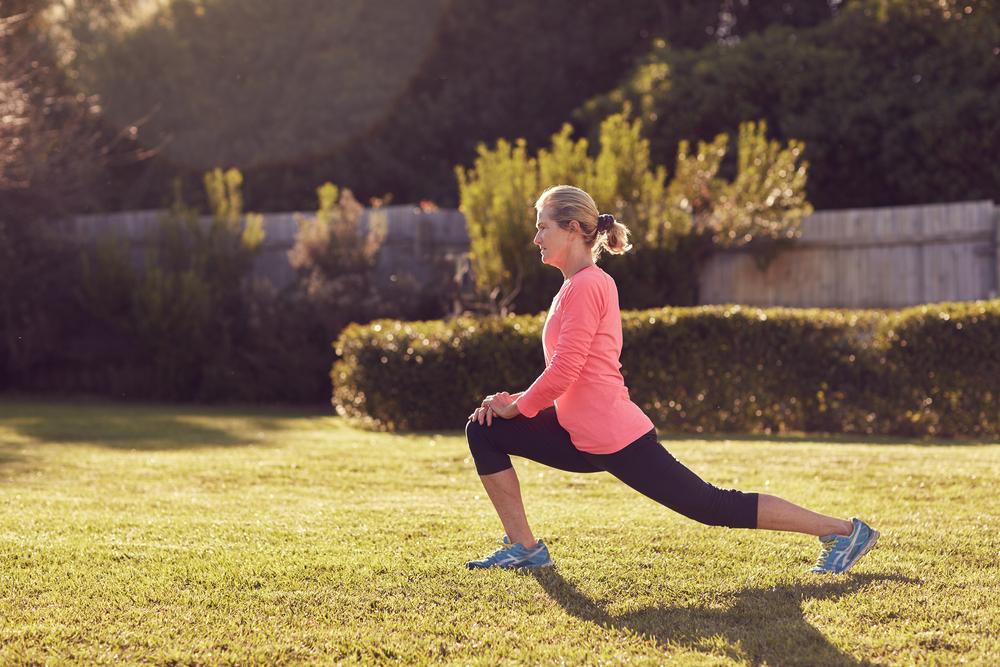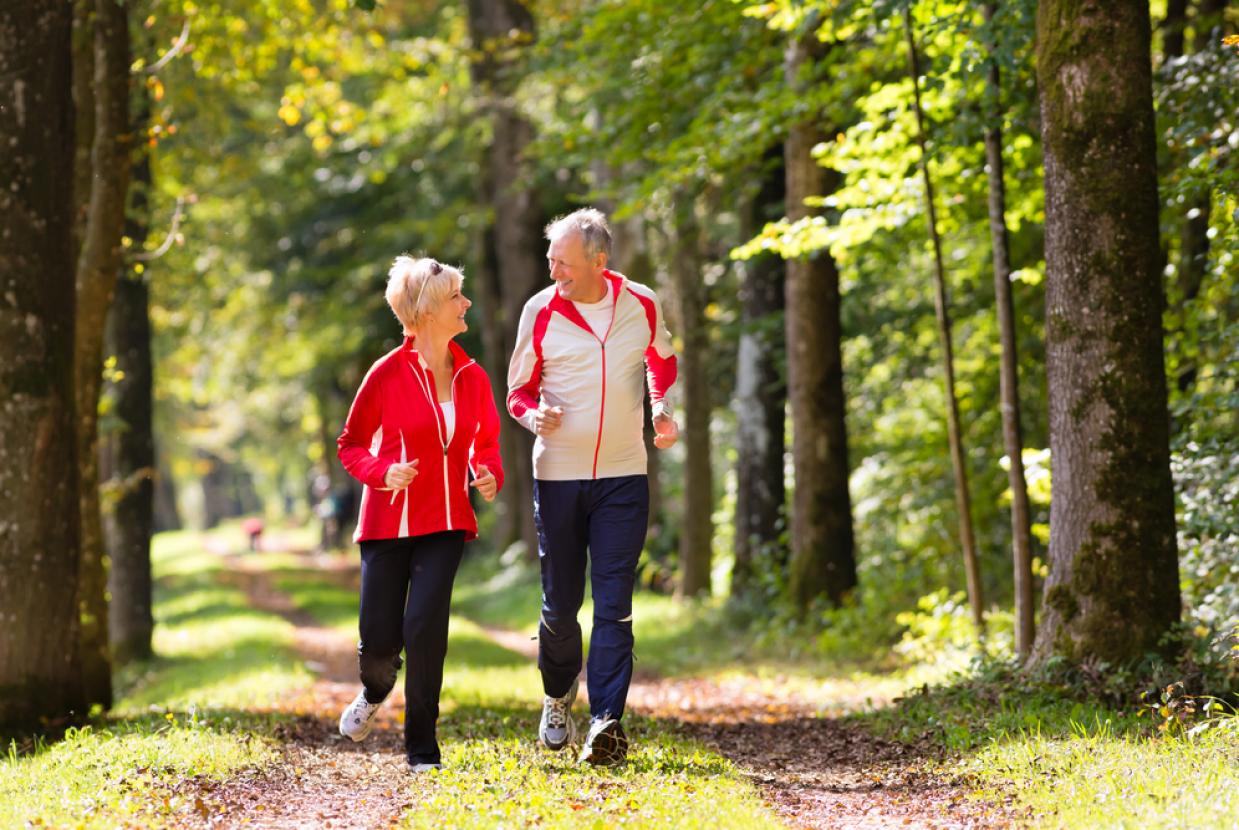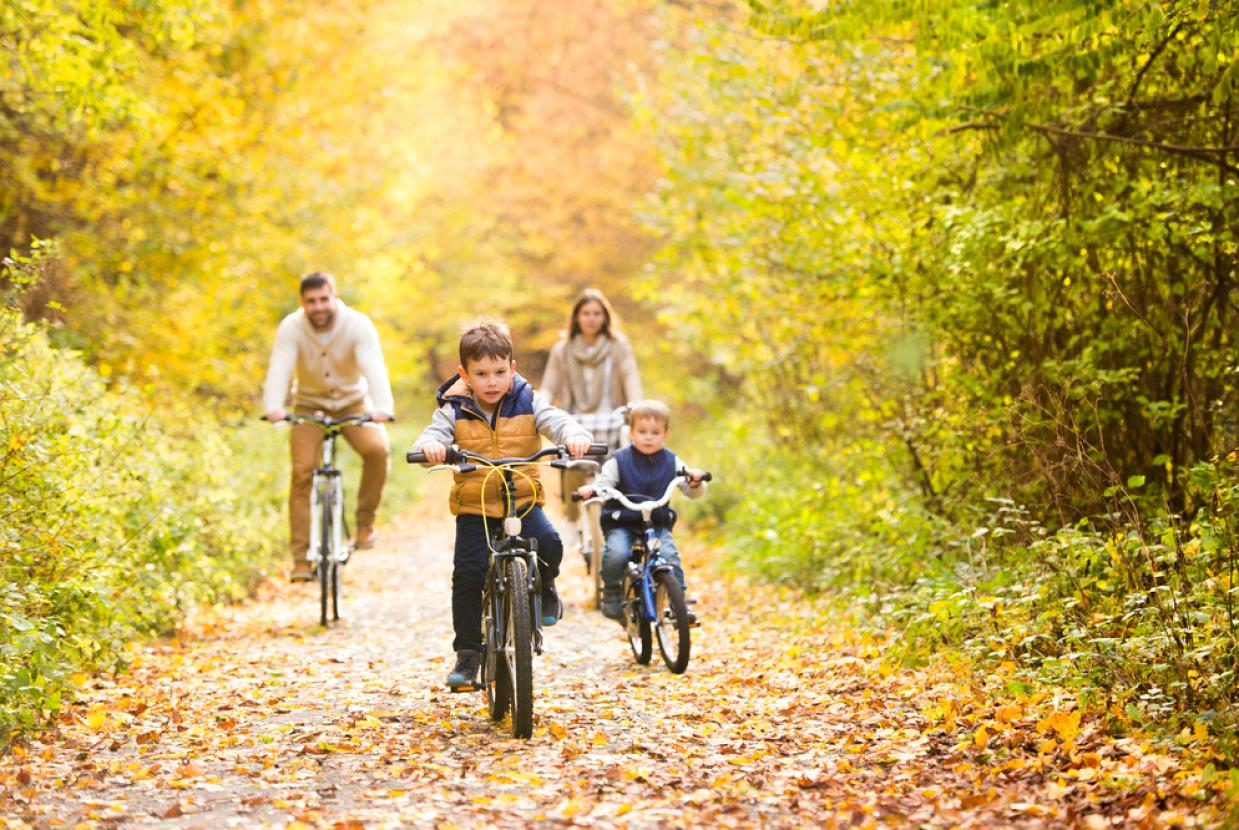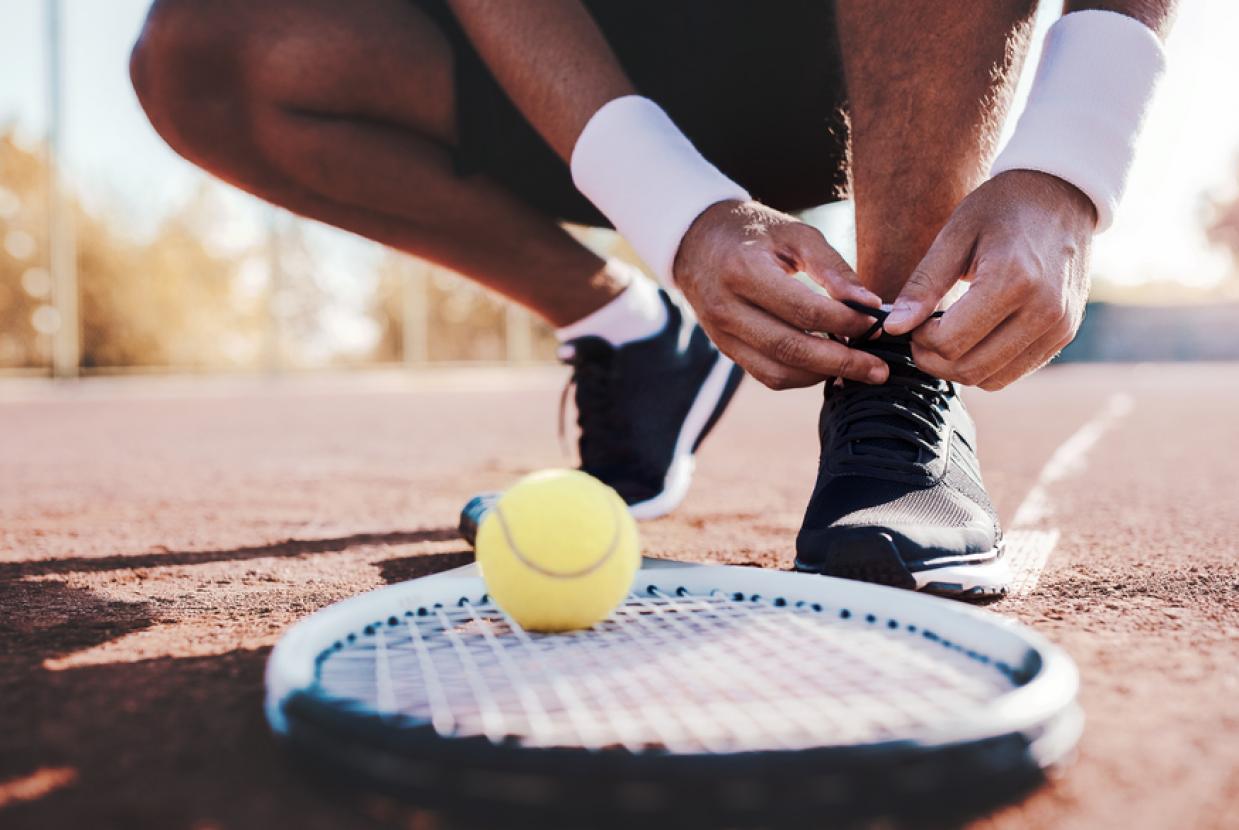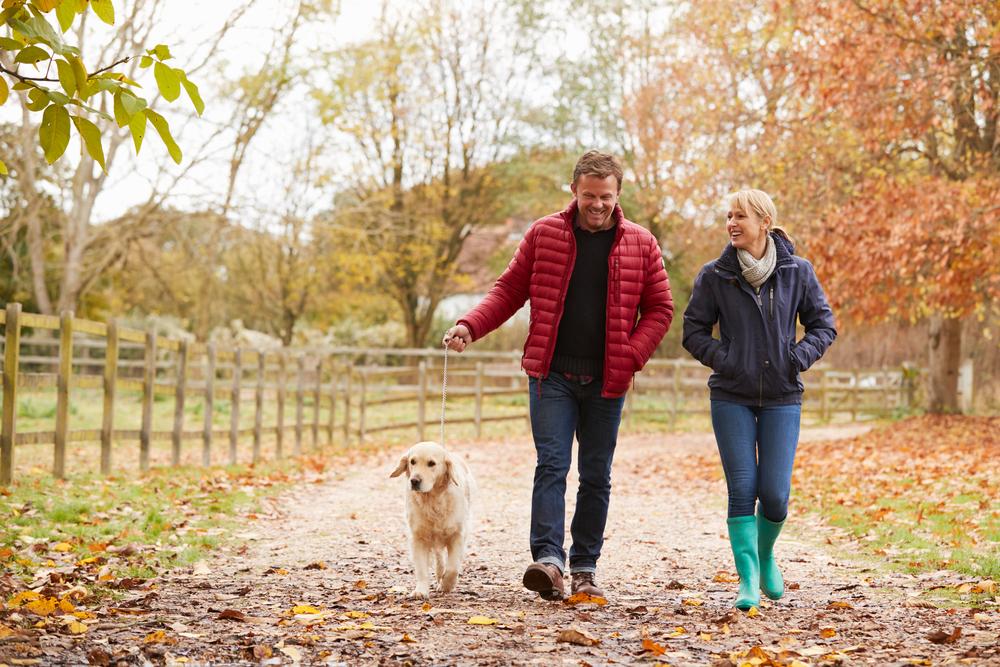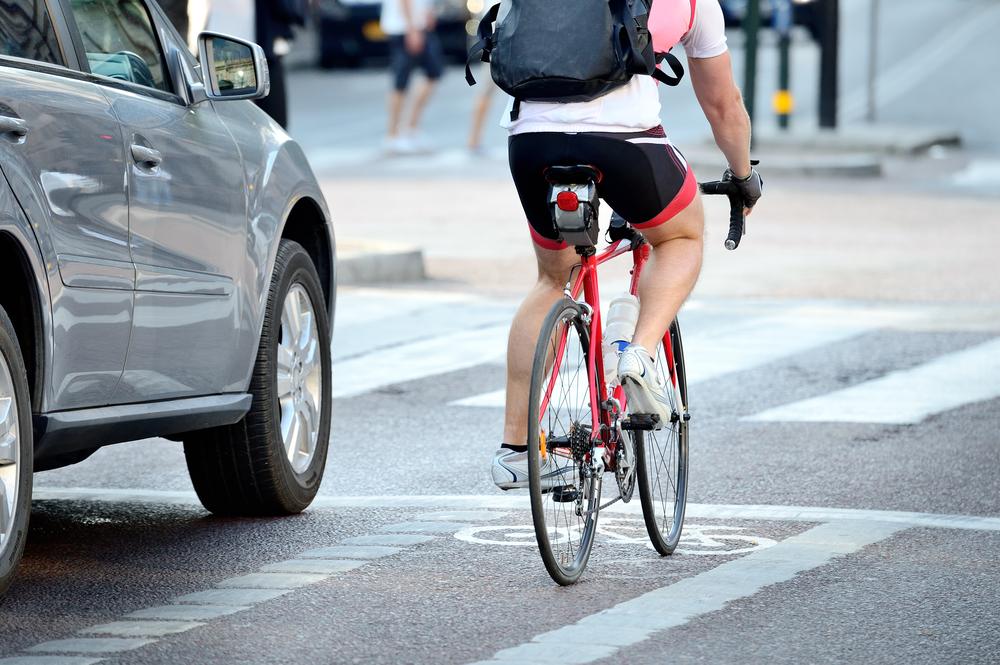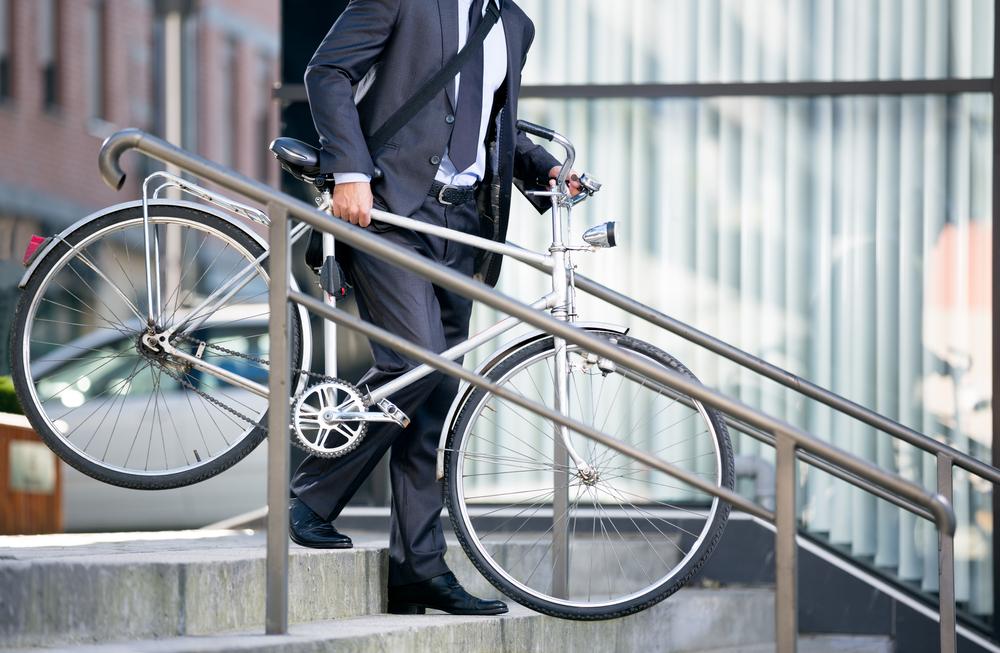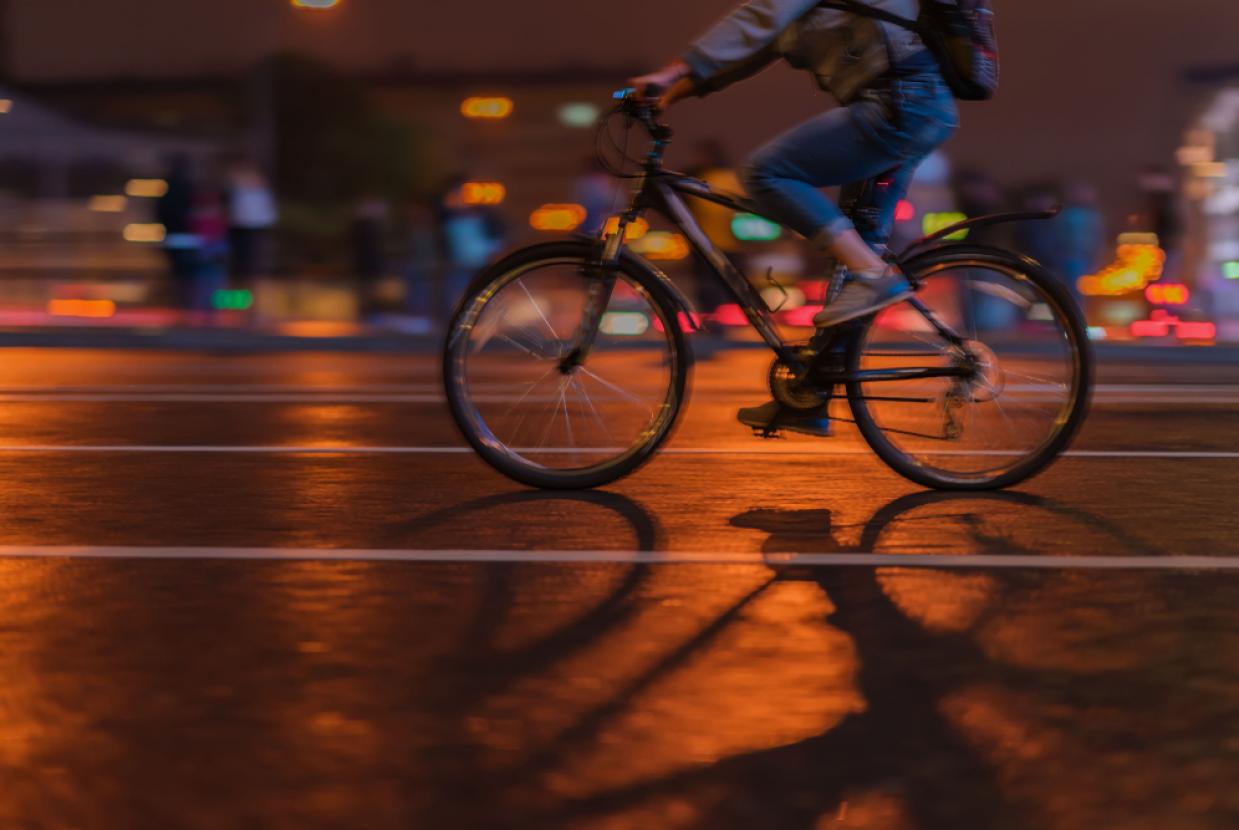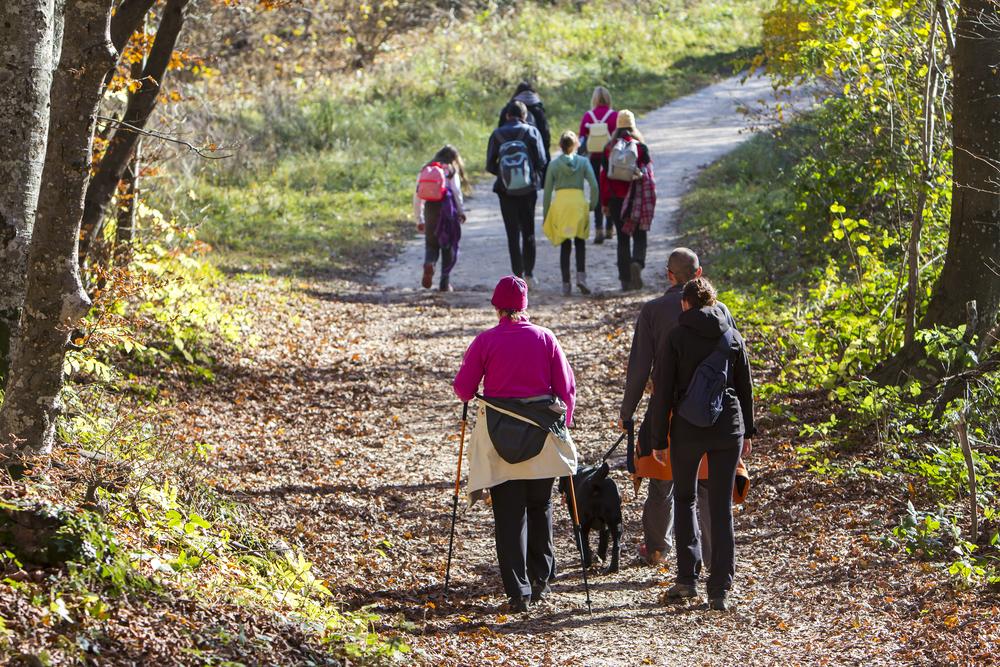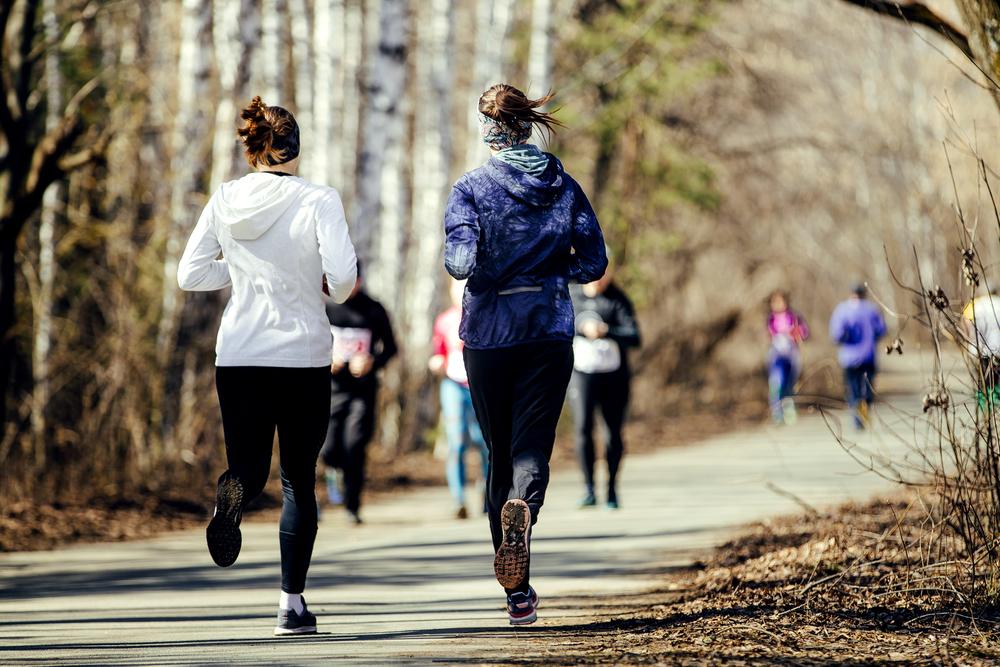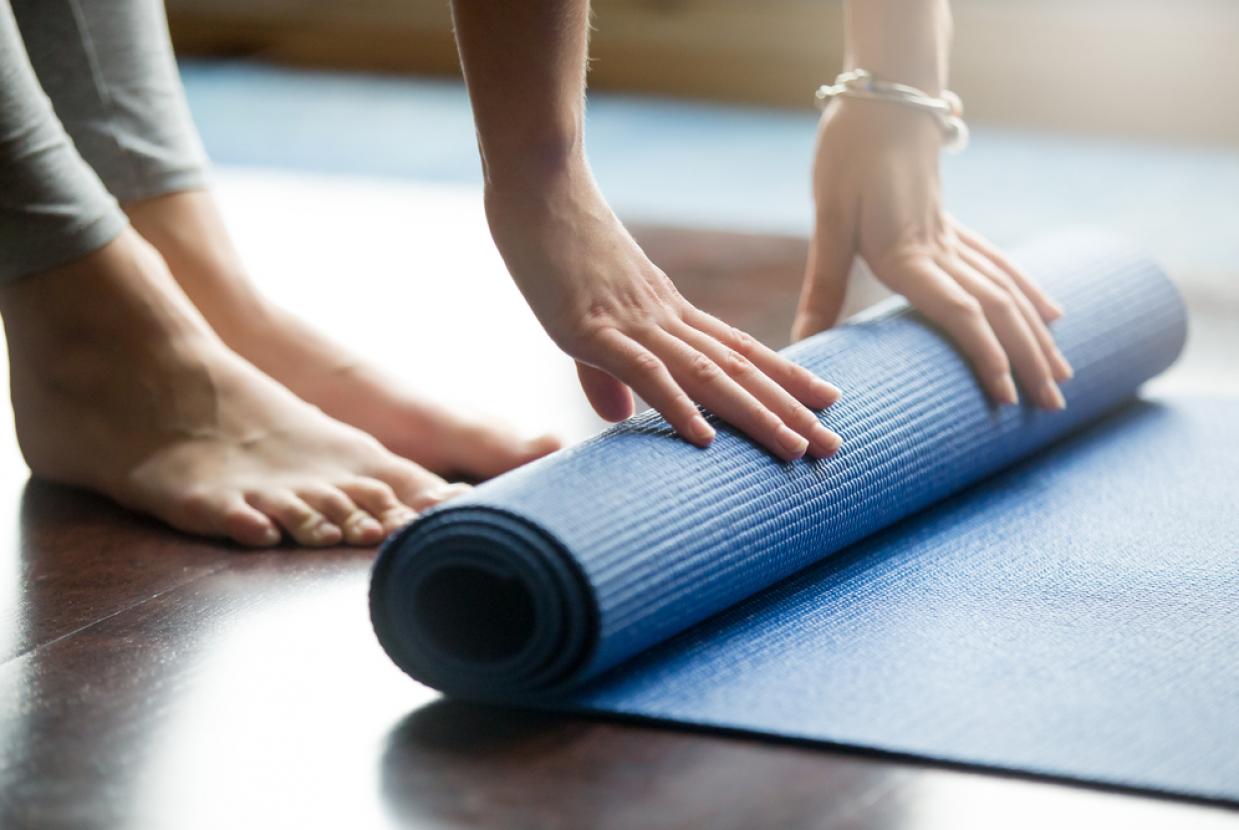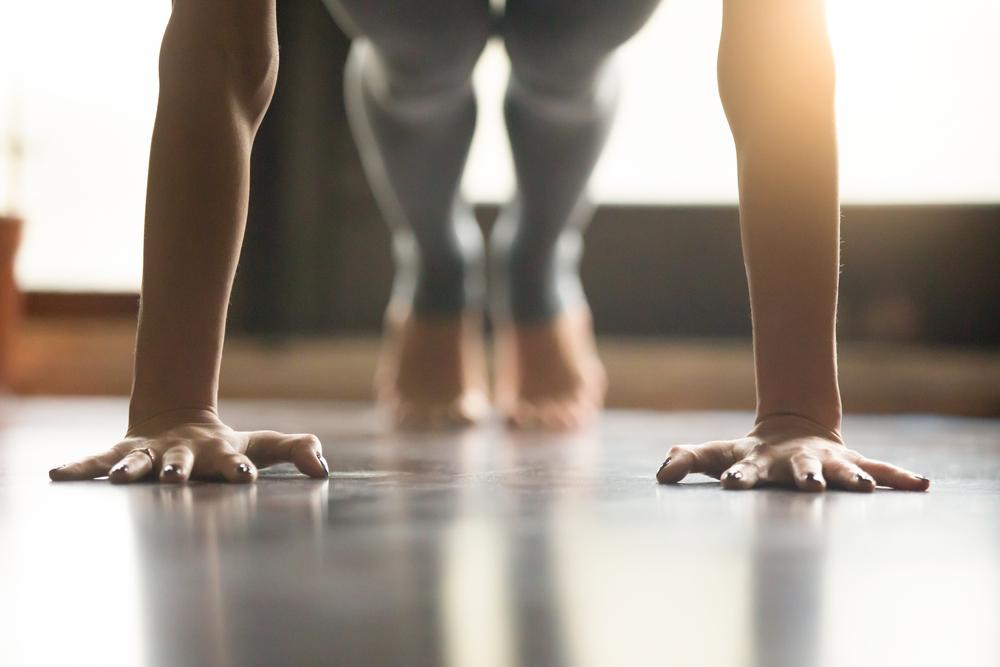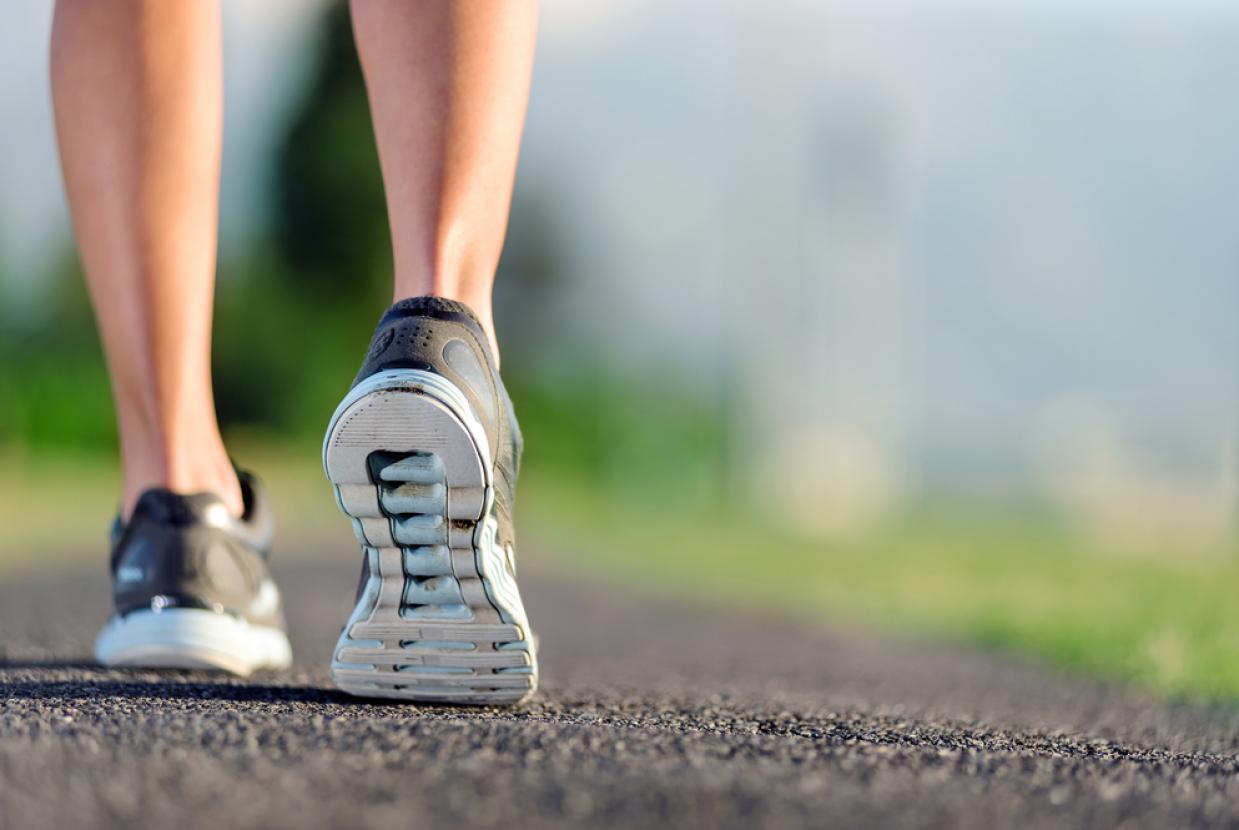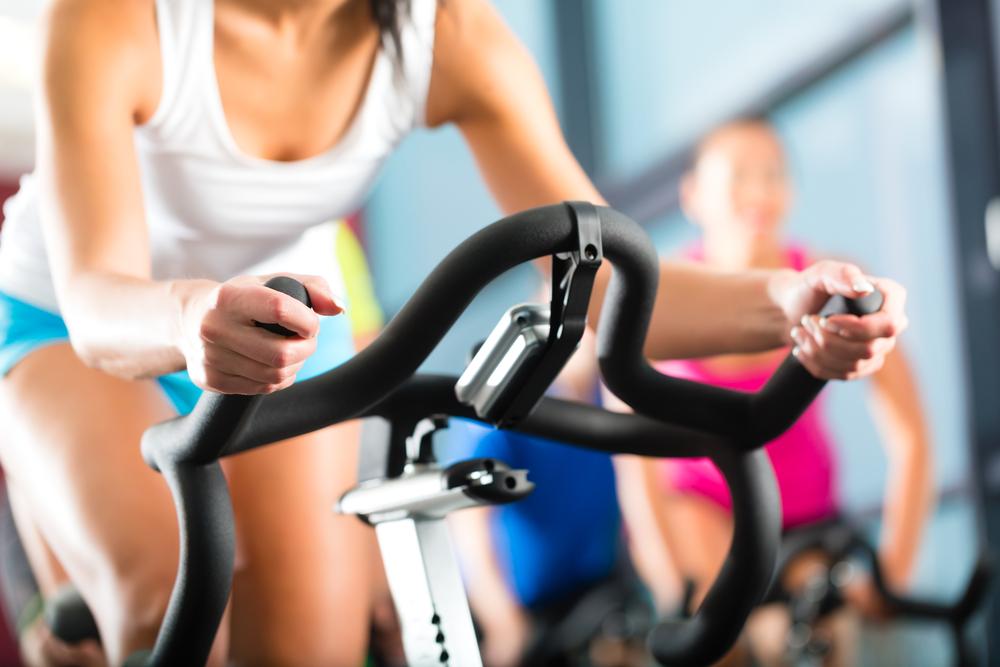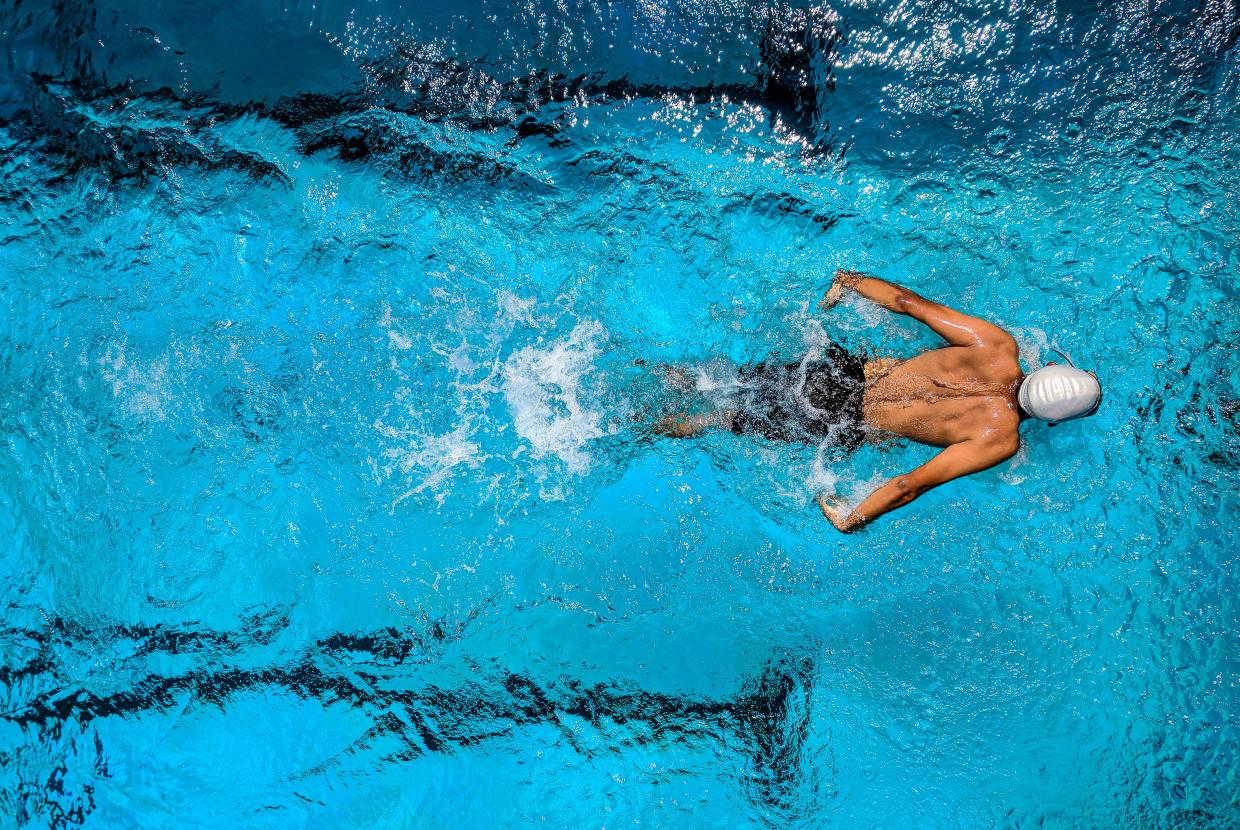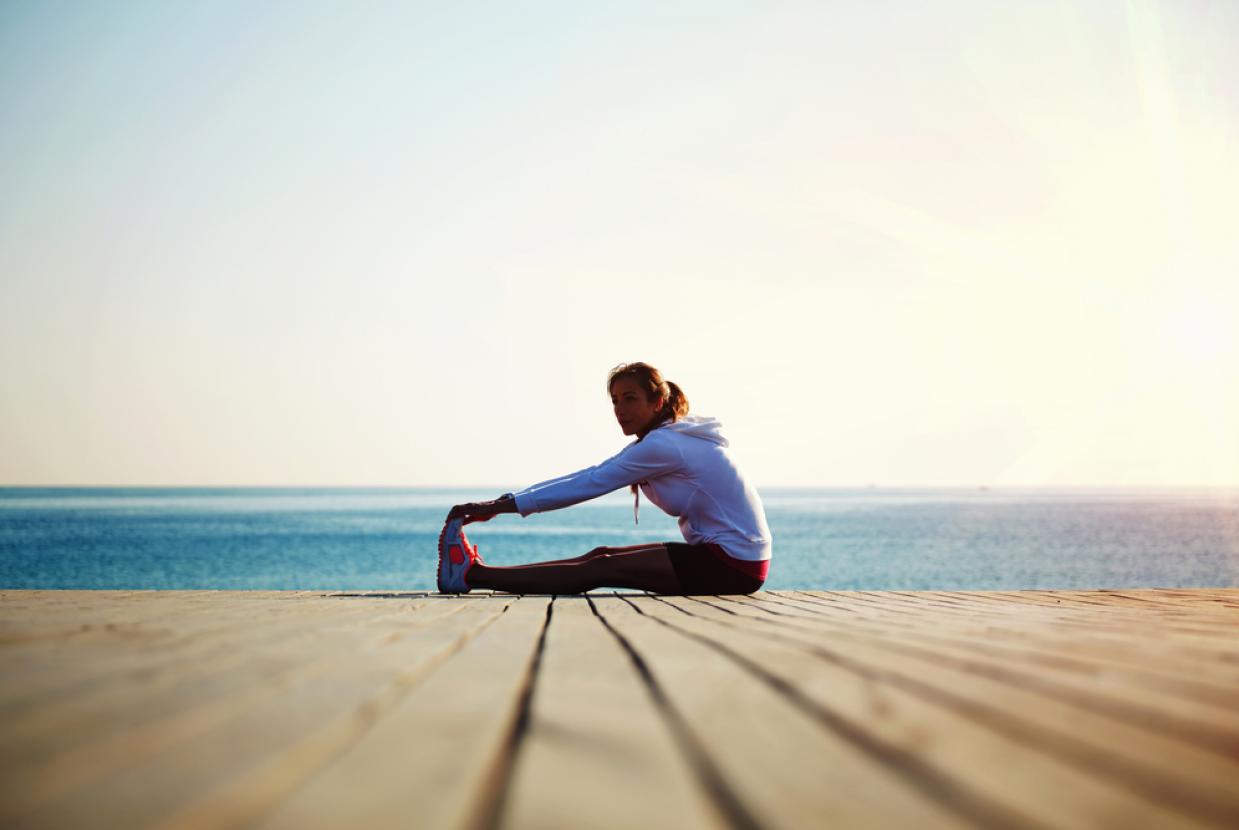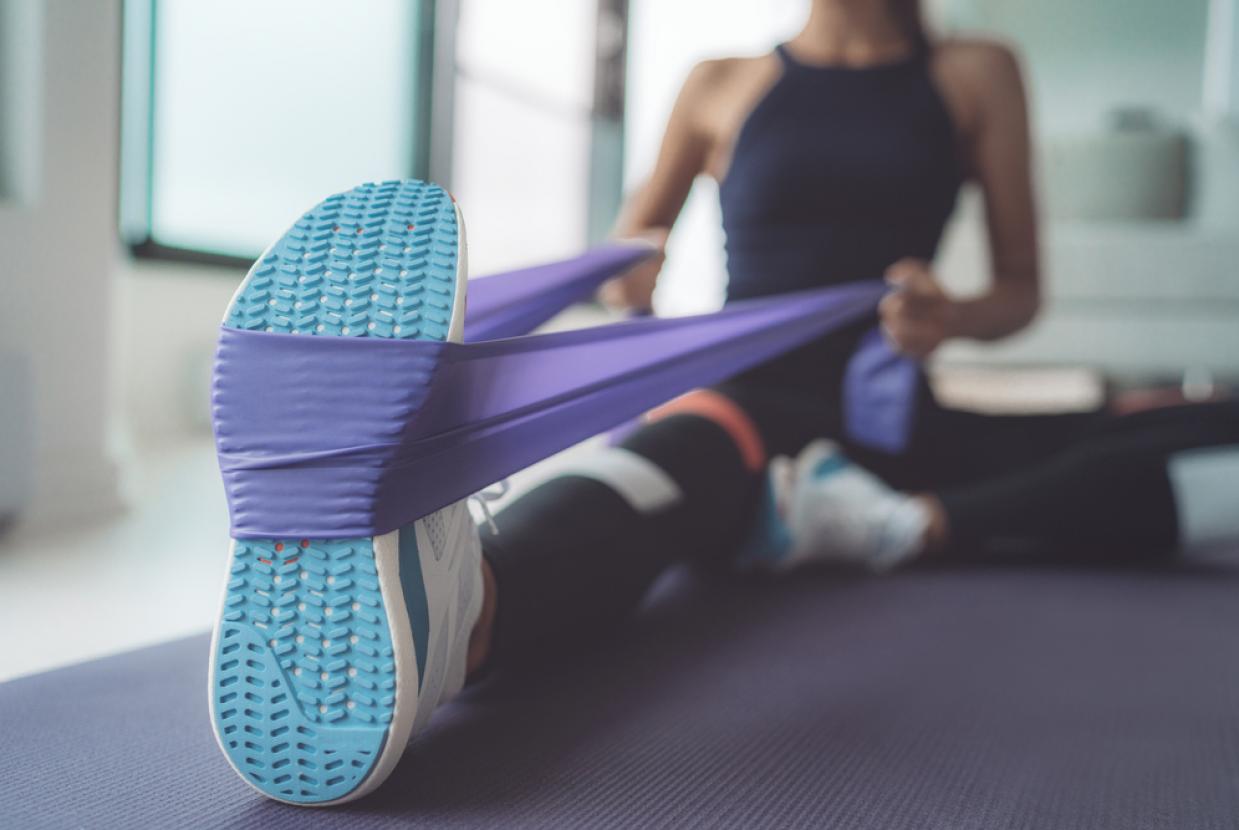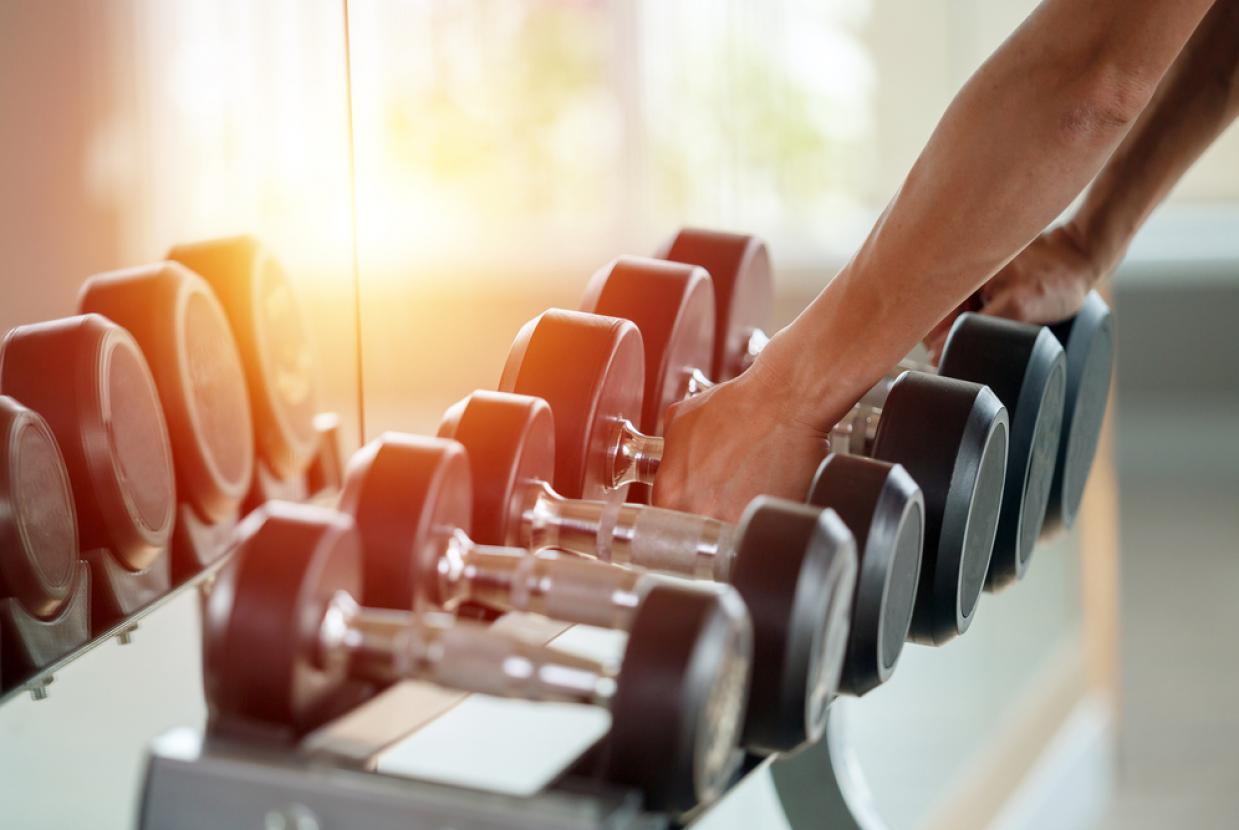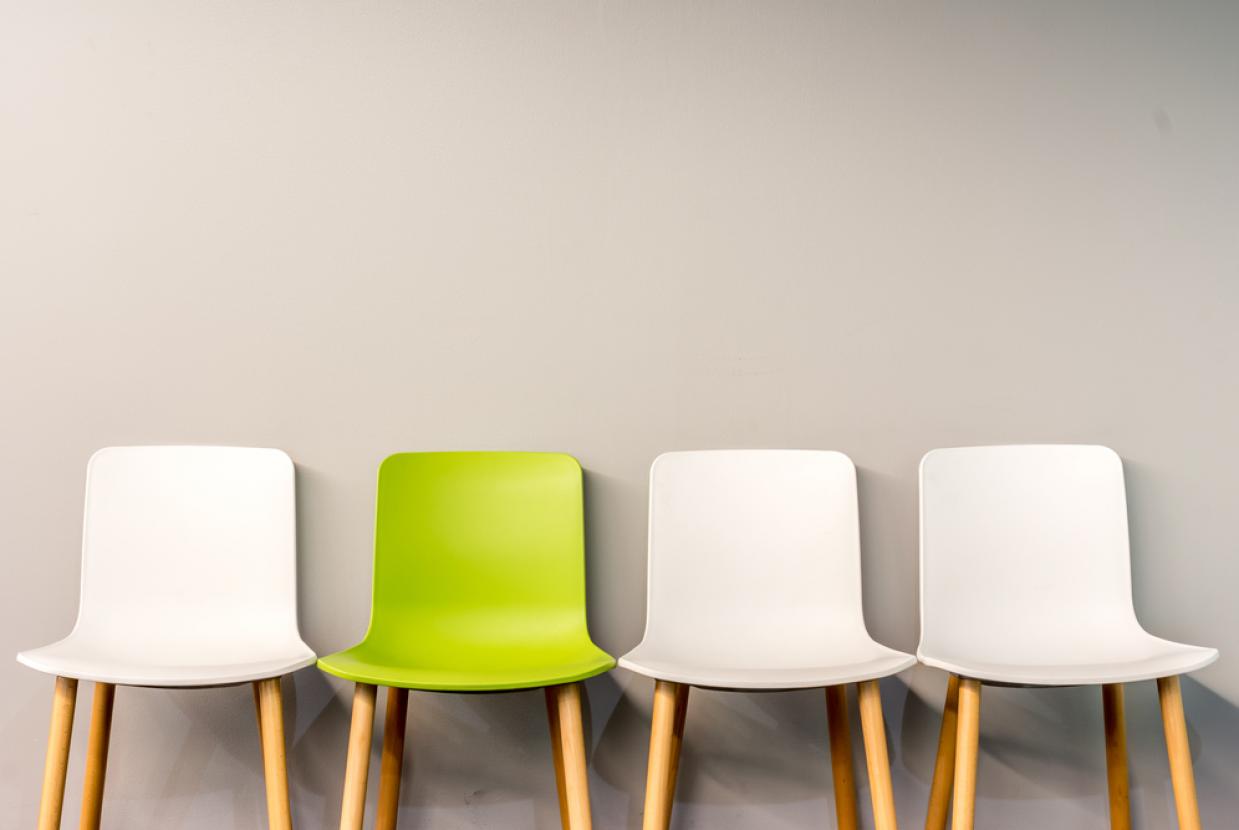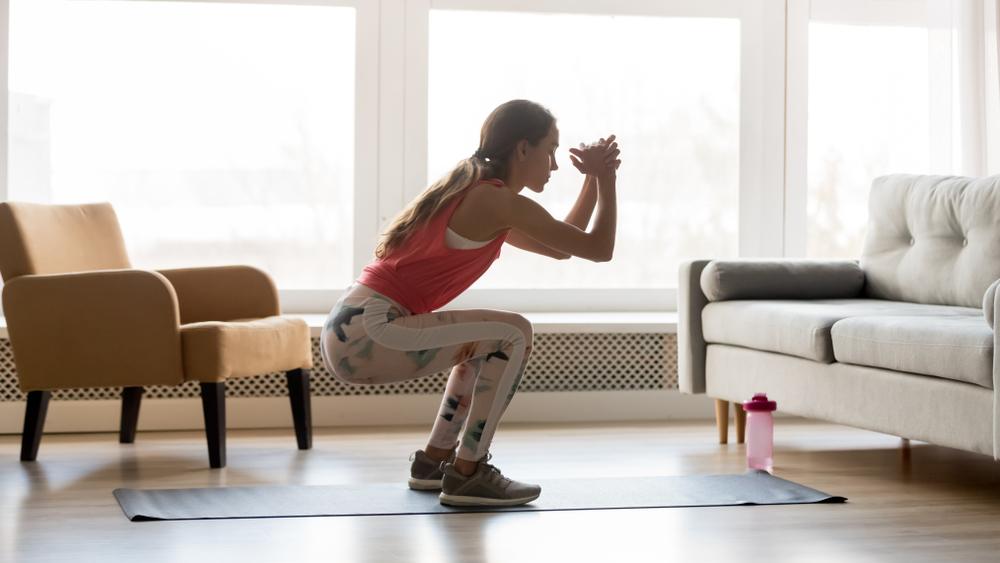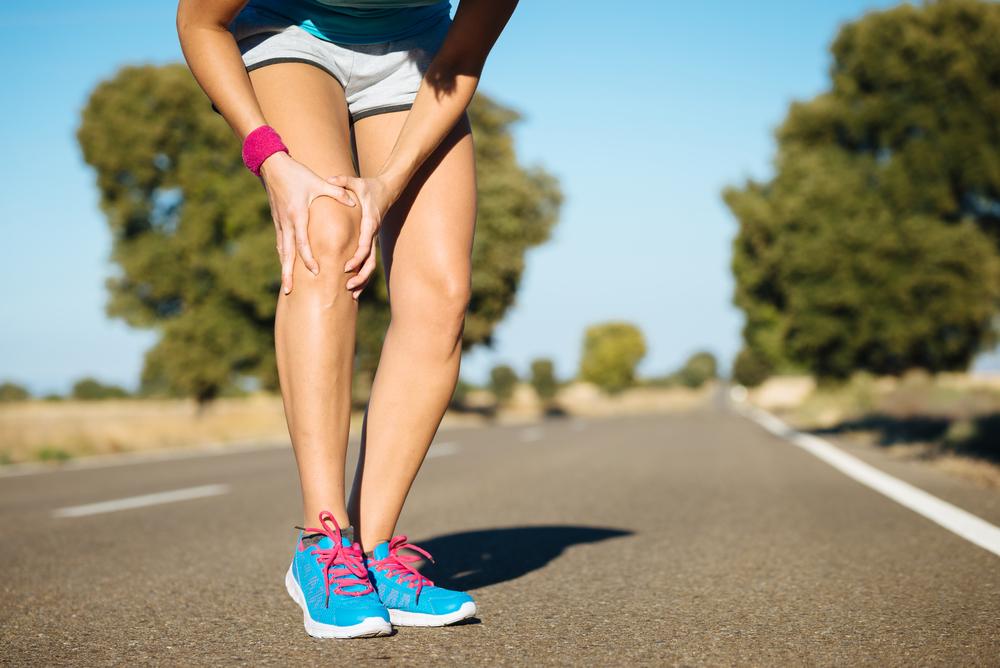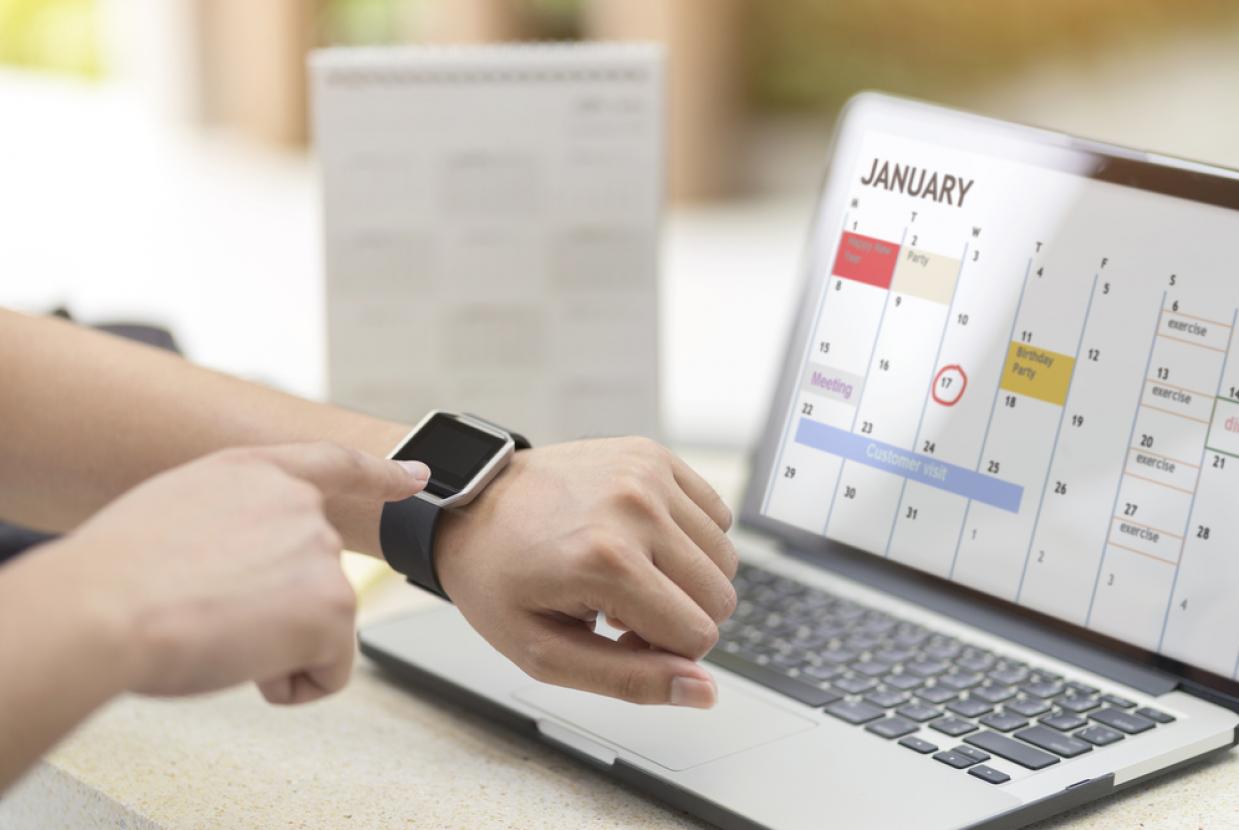Cycling For Beginners
Get Fit / Healthy WeightCycling is great for your mental and physical health. But it can be daunting learning to cycle for the first time as an adult, or getting back in the saddle after a long time not riding. So, we've put together this handy guide with all our top tips to help you feel confident and safe on your bike.
If you're new to cycling, this handy guide offers top tips to help you to feel safe and confident when out on your bike.
The COVID-19 pandemic has shown us the importance of our green spaces and that riding a bike helps to improve both our mental and physical health.
As a result, many of us are trying out cycling for the first time or for the first time in a long while. And so we've got all the advice you need to enjoy the simple pleasure of riding a bike.
Buying the right bike for you
When you’re choosing a bike it is important to buy the right size frame for you. Having the right size bike means that your bike is much easier to control, keeping you safe. There are no standard guidelines on different size frames for adults. So think about the type of bike you want, and the kind of riding you’ll be doing.
A bike to reflect your lifestyle
Your bike should complement your lifestyle. Choose the type which reflects the majority of journeys you intend to make for a more comfortable and enjoyable ride.
Pre-owned bikes
If you're on a tight budget or simply giving cycling a try, a pre-owned bike can be a much better value for money.
There are many recycle bike schemes in towns and cities across the country, so it's worth having a look to see if there are any near you.
Cycle training
Cycle training is by far one of the best ways to boost your confidence on two wheels.
It will help to make your journeys safe and enjoyable. And it will teach you many key skills such as good road positioning, signalling, and visibility. Even the most experienced cyclist is guaranteed to learn something new.
Bikeability
Bikeability is the name of the cycle training in the UK and is based on the National Standards for Cycle Training. It’s like cycling proficiency, but better. You can find registered and quality assured Bikeability providers in your area by entering your local authority in the 'Find a Course Near You' tool.
How far is too far?
When you're new to cycling, it's important not to push yourself too hard from the get-go.
The satisfaction and fun to come from cycling can sometimes make us forget that our bodies are not used to doing this type of exercise just yet.
This can lead to muscle pain in the following days, which puts many people off getting back on their bike. Try to keep your first few rides fairly short and in your local area.
Allow your muscles some time to get used to the riding position and the new demands on the body before you take on a ride over two or three miles.
Bike security
When you're not riding your bike, you should always keep it securely locked. To cut the risk of bike theft make sure you use a good lock or two and use them effectively.
Best ways to lock up your bike
D-locks are sturdy, but also consider using a cable lock as well to secure any parts of the bike which are quick-release, such as the saddle or front wheel. Make sure the lock is not touching the ground, where it can be smashed with a sledgehammer.
Finally, make sure you are attaching your lock to an immovable object, such as a sturdy bike stand or railing.
Planning your route
We recommend having an idea of the route you would like to take before setting off. This will help you to avoid finding yourself on busy roads or in places not suitable for bike riding.
Route planning apps
There are many mobile phone apps that will help you to plan your route. But the app you pick really depends on the purpose of your journey and your personal preference for how they look and feel.
How to use the National Cycle Network
The National Cycle Network is a UK-wide network of signed walking and cycling paths connecting our cities, towns, and countryside. We have plenty of resources to help you plan and discover cycle routes.


